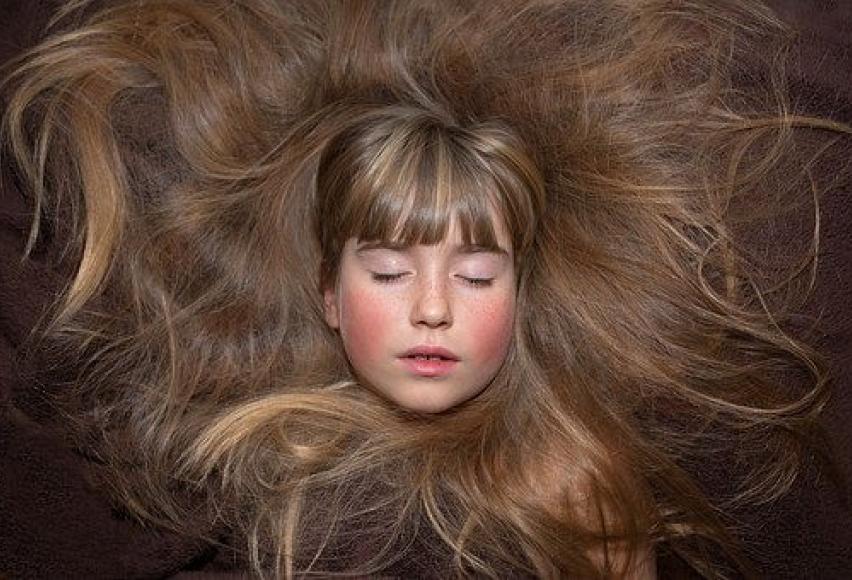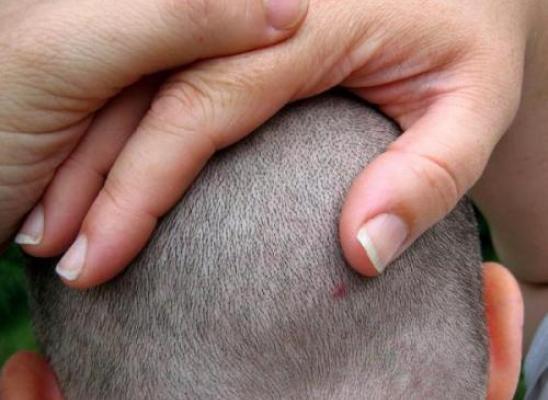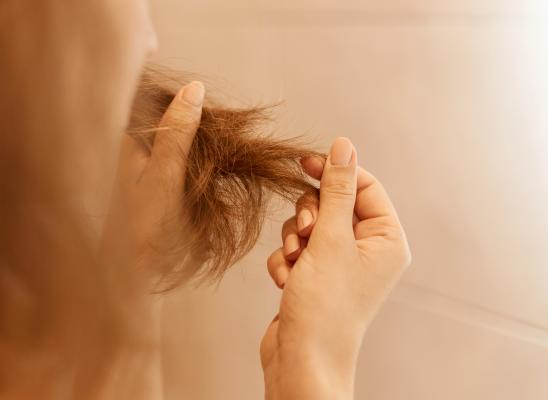What is hair restoration?

Online test
Find out the severity of your symptoms with this free online test
Hair transplant surgery is surgery that is performed to restore hair to areas of the scalp that are bald or that have thinning hair. There are multiple types of hair replacement surgery. Most commonly, these involve hair transplantation, but flap surgery, tissue expansion of the scalp, and scalp reduction surgery, are also methods used for hair replacement. Each of these types of surgeries can be used alone, or in combination, to provide the patient with the best possible outcome for hair replacement. Hair transplantation involves removing small pieces of hair-bearing scalp from a donor site and using them as grafts to be relocated to a bald or thinning area of the scalp.
What is non-surgical hair restoration?
A number of non-prescription products offer "camouflage" for thinning hair. They are applied to the scalp and/or hair to give the appearance of "fullness" to thinning scalp hair. Some are applied directly to the scalp to disguise the appearance of bald scalp under thinning hair. Some are fibers that attach to hair to "bulk up" the appearance of thinning hair. All camouflage products are offered in a variety of colors to match natural hair color. Camouflage agents may be, for some people, an acceptable short-term solution to improved cosmetic appearance while they wait for hair transplantation.
Hair restoration for trichotillomania?
In the early stages of the condition, hair regrowth is possible if the patient can be helped (either with medications or psychotherapy) to stop pulling. If the pulling goes on long enough, the resultant hair loss may be permanent. This is because scars develop around the damaged hair follicles and these scars block further hair growth.
Patients with trichotillomania often ask if a hair transplant is possible. In some cases it can be possible, but certainly not in all cases. Generally, you have to look for four features to be present in order to determine if a person with trichotillomania can have a transplant:
Candidacy for Hair Transplantation in Patients with Trichotillomania
According to the Arocha Hair Restoration and Transplantation Center, patients are candidates for hair transplantation meet the following criteria:
- The patient has not had the compulsion to pull their hair for at least 1 year
- Patient has no ongoing scalp symptoms like itching, burning, pain or tingling
- The area of hair loss has not enlarged over a 1-2 year period.
- The patient is medically fit, has a good donor supply of hair, and is over 18 years of age.

Recovery, results, and potential complications
Your recovery time will depend on the extent of the surgery. Many patients report mild pain, numbness and soreness. It is common for hairs from the transplanted follicles to fall out in the first month and then regrow. It's possible to see new growth within three months of surgery, although some patients may need to wait six to nine months to see results.
Complications with hair transplant surgery are relatively uncommon. Potential hair restoration side effects may include scarring or uneven hair growth. If the results of the surgery are patchy or if the follicle grafts don't establish well at the new site, your surgeon may wish to perform a follow-up surgery to correct scarring or to transplant more follicles to fill in thinner areas.
Online test
Find out the severity of your symptoms with this free online test
Start your journey with TrichStop
Take control of your life and find freedom from hair pulling through professional therapy and evidence-based behavioral techniques.
Start Now



